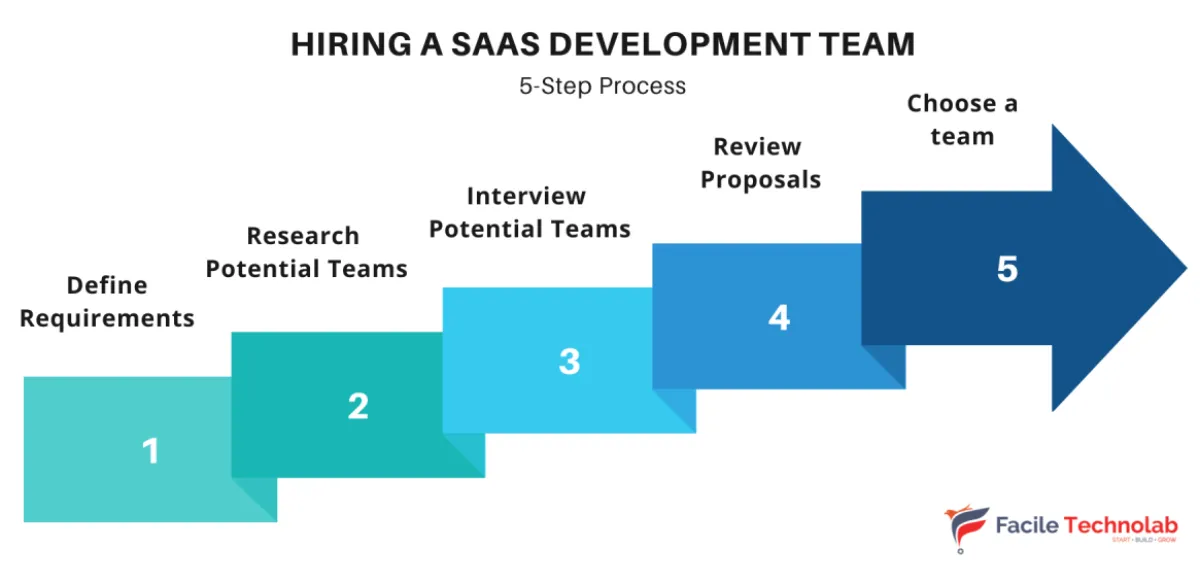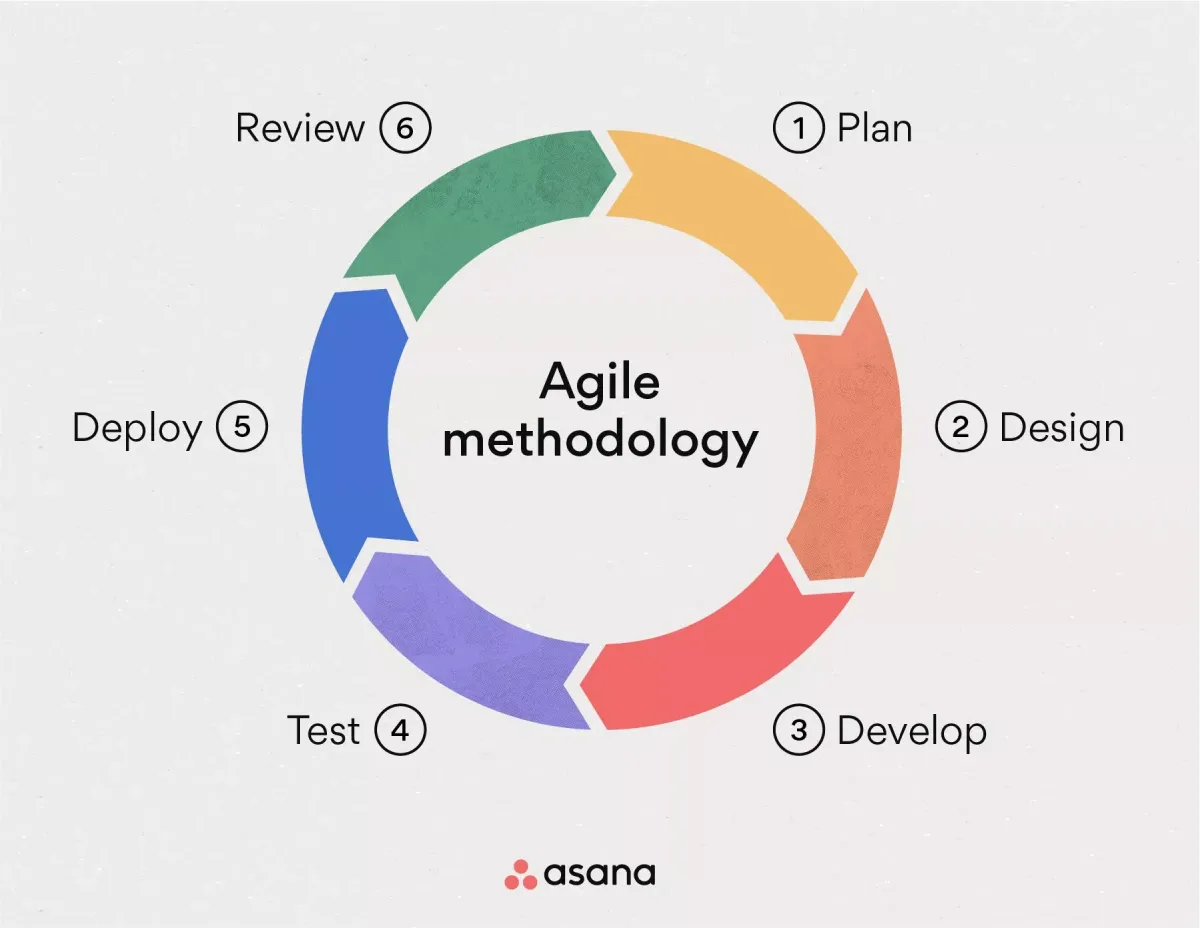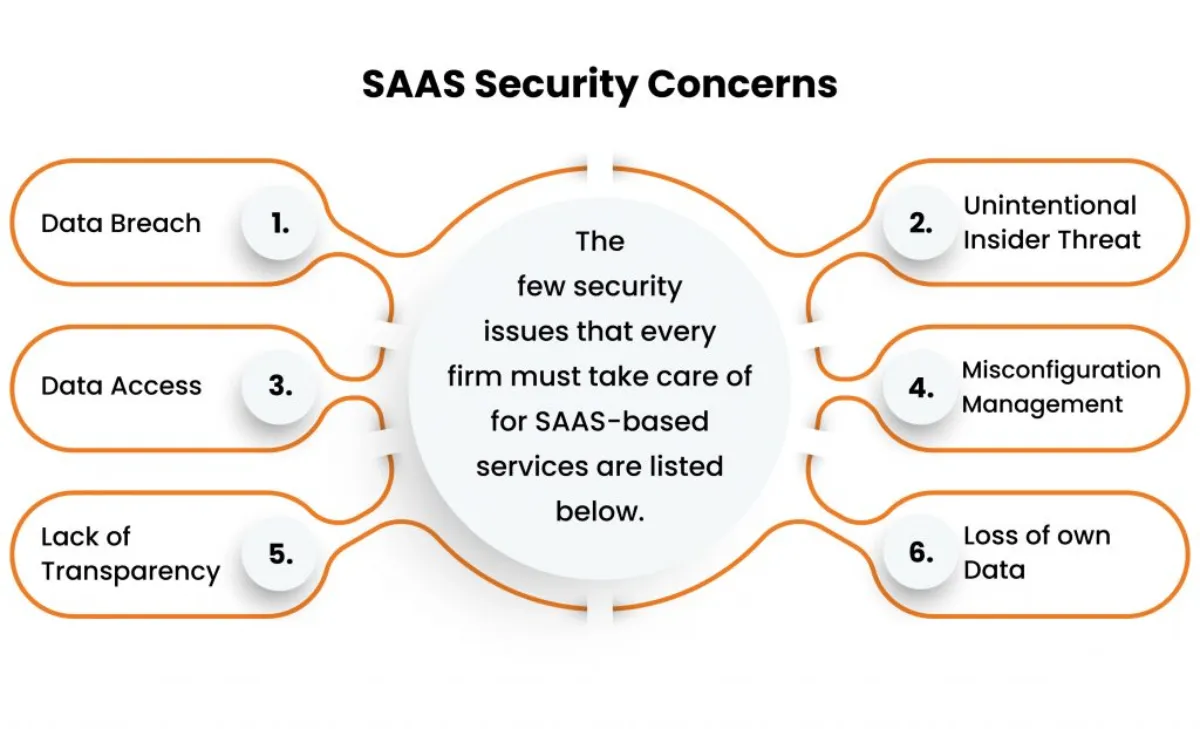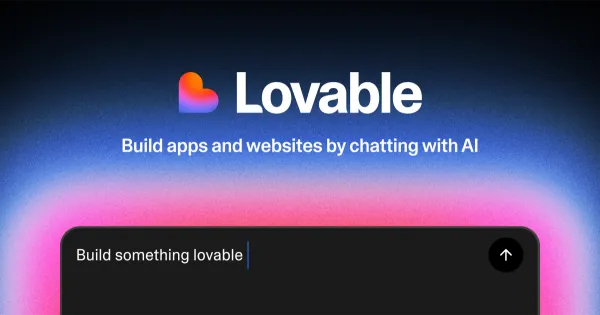10 Steps to Build a Successful SaaS Business

Software as a Service (SaaS) has changed how businesses work by offering flexible and efficient solutions for many needs. Unlike traditional software installed on computers, SaaS is hosted on the internet cloud and accessed online. This provides flexibility and cost savings for both SaaS providers and users. The SaaS model is becoming more popular because it can streamline operations, reduce costs, and improve accessibility. For entrepreneurs, building a SaaS business is a profitable opportunity, but it also comes with its own challenges.
This complete guide will take you through the 10 essential steps to build a successful SaaS business. From identifying market needs to scaling your operations, each step is key to turning your vision into a thriving company. Whether you're an experienced entrepreneur or new to the tech industry, this guide offers valuable insights and practical strategies to help you succeed.
Step 1) Identify a Market Need

The foundation of any successful SaaS business lies in addressing a genuine market need. Conducting thorough market research is the first step in this process. Start by identifying pain points and challenges faced by potential customers. Surveys, interviews, and focus groups are effective methods for gathering this information. Additionally, analyzing your competitors can provide insights into what is currently available in the market and where gaps exist.
For instance, Slack, a well-known SaaS company, identified the need for a more efficient internal communication tool for teams. By focusing on this specific pain point, Slack was able to create a product that significantly improved workplace productivity and collaboration.
Market Research Techniques:
- Surveys and Questionnaires: Use online tools like SurveyMonkey or Google Forms to gather data from a broad audience.
- Interviews: Conduct one-on-one interviews with potential users to gain deeper insights.
- Focus Groups: Organize group discussions to explore user needs and preferences in detail.
- Competitive Analysis: Study your competitors' offerings, strengths, and weaknesses to identify opportunities for differentiation.
By thoroughly understanding your market, you can develop a product that meets a genuine need, increasing the likelihood of your SaaS business's success.
Step 2) Define Your Value Proposition

Once you have identified a market need, the next step is to define your value proposition. A value proposition is a clear statement that explains how your product solves a problem, the benefits it provides, and why it is better than the alternatives. It is crucial for attracting and retaining customers, as it communicates the unique value your SaaS offers.
Crafting a compelling value proposition involves understanding your target audience's needs and aligning your product's features and benefits with those needs. Consider the following elements when defining your value proposition:
- Customer Benefits: Clearly articulate the benefits users will gain from your product. These could include cost savings, increased efficiency, or improved user experience.
- Unique Features: Highlight the unique features that set your product apart from competitors.
- Evidence of Value: Provide evidence, such as testimonials, case studies, or data, to support your claims.
Example of a Strong Value Proposition:
Dropbox offers a simple and secure way to store, sync, and share files online. Its value proposition emphasizes ease of use, accessibility from any device, and robust security features, making it an attractive choice for both individuals and businesses.
By clearly defining and communicating your value proposition, you can differentiate your SaaS product in a competitive market and attract your target audience.
Step 3) Develop a Business Plan

A well-thought-out business plan is essential for guiding your SaaS business from concept to reality. It serves as a roadmap, outlining your goals, strategies, and financial projections. A comprehensive business plan helps you secure funding, attract talent, and stay focused on your objectives.
Key Components of a Business Plan:
- Executive Summary: A brief overview of your business, including your mission statement and the problem your product solves.
- Market Analysis: Detailed research on your target market, including size, growth potential, and key trends.
- Product Description: An in-depth description of your SaaS product, its features, and its benefits.
- Marketing and Sales Strategy: Plans for reaching your target audience, including marketing channels, pricing models, and sales tactics.
- Financial Projections: Detailed financial forecasts, including projected revenue, expenses, and profitability. This section should also include funding requirements and potential sources of capital.
- Milestones and Goals: Specific, measurable goals and the steps needed to achieve them.
Funding Strategies:
- Bootstrapping: Using personal savings or revenue from initial sales to fund the business.
- Venture Capital: Seeking investment from venture capital firms in exchange for equity.
- Crowdfunding: Raising small amounts of money from a large number of people, typically via online platforms like Kickstarter or Indiegogo.
- Grants and Loans: Applying for business grants or loans from government programs or financial institutions.
A robust business plan not only helps in securing funding but also provides a clear path for your SaaS business's growth and development.
Step 4) Create a Prototype

Creating a prototype or a Minimum Viable Product (MVP) is a critical step in the development of your SaaS business. An MVP is a simplified version of your product that includes only the core features necessary to solve the identified problem. It allows you to test your concept with real users, gather feedback, and make improvements before a full-scale launch.
Steps to Develop an MVP:
- Identify Core Features: Determine the essential features needed to solve the primary problem and provide value to users.
- Develop the MVP: Use agile development practices to build the MVP quickly and efficiently. Focus on functionality and usability.
- Test with Real Users: Launch the MVP to a select group of users or early adopters. Collect feedback on their experience and identify areas for improvement.
- Iterate and Improve: Use the feedback to make necessary adjustments and enhancements to the product.
Example:
Airbnb started as a simple website where the founders offered short-term living quarters, breakfast, and a unique business networking opportunity for attendees of local conferences. The MVP helped validate the market need and provided valuable insights for further development.
By starting with an MVP, you can reduce the risk of building a product that doesn't meet market needs and make informed decisions based on real user feedback.
Step 5) Build a Strong Development Team

Building a talented and dedicated development team is crucial for the success of your SaaS business. Your team should include individuals with diverse skills and expertise who can collaborate effectively to bring your product to life.
Hiring Strategies:
- Define Roles and Responsibilities: Clearly outline the roles and responsibilities needed for your team, such as frontend developers, backend developers, UX/UI designers, and product managers.
- Look for Cultural Fit: Hire individuals who align with your company’s values and culture. A collaborative and positive work environment is essential for productivity and innovation.
- Utilize Recruitment Channels: Use various recruitment channels, including job boards, social media, and professional networks, to find the right candidates.
- Offer Competitive Compensation: Attract top talent by offering competitive salaries, benefits, and opportunities for growth and development.

Team Structure and Roles:
- Frontend Developers: Focus on the user interface and experience, ensuring the product is visually appealing and easy to use.
- Backend Developers: Handle the server-side logic, database management, and integration of various services.
- UX/UI Designers: Design the user experience and interface, creating wireframes, prototypes, and visual designs.
- Product Managers: Oversee the product development process, coordinate between teams, and ensure the product meets user needs and business goals.
By building a strong and cohesive development team, you can ensure that your SaaS product is developed efficiently and meets the highest quality standards.
Step 6) Develop the Product

With a strong team in place, the next step is to develop your SaaS product. This involves choosing the right technology stack, implementing agile development practices, and ensuring the product is scalable and secure.
Choosing the Right Tech Stack:
- Frontend Technologies: Popular choices include React, Angular, and Vue.js for building interactive user interfaces.
- Backend Technologies: Common options include Node.js, Ruby on Rails, Django, and Laravel for handling server-side logic.
- Database: Consider using databases like PostgreSQL, MySQL, or MongoDB based on your data requirements.
- Cloud Services: Utilize cloud platforms such as AWS, Google Cloud, or Azure for hosting and scalability.
Agile Development Practices:
- Scrum Methodology: Use Scrum to manage the development process with sprints, daily stand-ups, and regular retrospectives.
- Continuous Integration and Deployment (CI/CD): Implement CI/CD pipelines to automate testing and deployment, ensuring faster and more reliable releases.
- User-Centered Design: Focus on user feedback throughout the development process to ensure the product meets their needs and expectations.

Ensuring Scalability and Security:
- Scalability: Design the product architecture to handle increased load and traffic as the user base grows. This includes using load balancers, horizontal scaling, and efficient database management.
- Security: Implement robust security measures, such as encryption, authentication, and regular security audits, to protect user data and ensure compliance with regulations.

By following these best practices, you can develop a high-quality SaaS product that is scalable, secure, and user-friendly.
Step 7) Implement a Go-to-Market Strategy

A well-executed go-to-market strategy is essential for successfully launching your SaaS product and reaching your target audience. This involves selecting the right marketing channels, setting competitive pricing, and effectively launching the product.
Marketing Channels and Strategies:
- Content Marketing: Create valuable content, such as blog posts, whitepapers, and case studies, to attract and engage potential customers.
- Social Media Marketing: Utilize platforms like LinkedIn, Twitter, and Facebook to promote your product and engage with your audience.
- Email Marketing: Build an email list and send targeted campaigns to nurture leads and convert them into customers.
- Paid Advertising: Use pay-per-click (PPC) advertising on platforms like Google Ads and social media to drive traffic to your website.
Pricing Models for SaaS:
- Freemium: Offer a free basic version of your product with the option to upgrade to a paid version with additional features.
- Subscription: Charge a recurring fee (monthly or annually) for access to the product.
- Pay-as-You-Go: Charge based on usage, allowing customers to pay only for what they use.
- Tiered Pricing: Offer multiple pricing tiers with different levels of features and services.
Launching the Product:
- Beta Testing: Conduct a beta test with a select group of users to identify any issues and gather feedback before the full launch.
- Launch Event: Plan a launch event or webinar to showcase your product and generate excitement.
- Press Release: Distribute a press release to announce the launch and gain media coverage.
- Customer Onboarding: Develop a comprehensive onboarding process to help new users get started with your product and understand its value.
By implementing a comprehensive go-to-market strategy, you can effectively introduce your SaaS product to the market and attract your initial user base.
Step 8) Focus on Customer Acquisition and Retention

Acquiring and retaining customers is critical for the long-term success of your SaaS business. This involves implementing effective customer acquisition strategies and providing exceptional customer support to build long-term relationships.
Strategies for Customer Acquisition:
- Inbound Marketing: Attract customers through valuable content, SEO, and social media engagement.
- Outbound Marketing: Reach out to potential customers through email campaigns, cold calling, and direct mail.
- Partnerships and Affiliates: Partner with other businesses and offer affiliate programs to expand your reach and acquire new customers.
- Referral Programs: Encourage existing customers to refer new users by offering incentives, such as discounts or rewards.
Importance of Customer Support and Success:
- Responsive Support: Provide timely and helpful customer support through various channels, including email, chat, and phone.
- Onboarding and Training: Offer comprehensive onboarding and training to help customers get the most out of your product.
- Proactive Engagement: Regularly check in with customers to address any issues and gather feedback for continuous improvement.
Building Long-Term Customer Relationships:
- Customer Feedback: Actively seek and act on customer feedback to improve your product and meet their needs.
- Loyalty Programs: Implement loyalty programs to reward long-term customers and encourage repeat business.
- Community Building: Create a community around your product through forums, social media groups, and user events.
By focusing on both acquisition and retention, you can build a loyal customer base and drive sustainable growth for your SaaS business.
Step 9) Monitor and Optimize Performance

Monitoring and optimizing your SaaS business's performance is essential for ensuring its ongoing success. This involves tracking key performance indicators (KPIs), using analytics tools, and implementing continuous improvement processes.
Key Performance Indicators (KPIs):
- Customer Acquisition Cost (CAC): The cost of acquiring a new customer.
- Customer Lifetime Value (CLV): The total revenue a customer is expected to generate over their lifetime.
- Churn Rate: The percentage of customers who cancel their subscriptions over a given period.
- Monthly Recurring Revenue (MRR): The total monthly revenue generated from subscriptions.
- Net Promoter Score (NPS): A measure of customer satisfaction and loyalty based on their likelihood to recommend your product.
Tools for Tracking and Analytics:
- Google Analytics: Track website traffic, user behavior, and conversion rates.
- Mixpanel: Analyze user interactions with your product and measure engagement.
- Salesforce: Manage customer relationships and track sales performance.
- Zendesk: Monitor customer support metrics and satisfaction levels.
Continuous Improvement Processes:
- Regular Reviews: Conduct regular reviews of your KPIs and performance metrics to identify areas for improvement.
- A/B Testing: Use A/B testing to experiment with different features, designs, and strategies to optimize user experience and conversions.
- User Feedback: Continuously gather and act on user feedback to enhance your product and services.
By closely monitoring your performance and implementing optimization strategies, you can ensure your SaaS business remains competitive and continues to grow.
Step 10) Scale Your Business

Scaling your SaaS business involves expanding your operations, increasing your customer base, and managing growth sustainably. This requires strategic planning and execution to ensure your business can handle increased demand and maintain high-quality service.
Strategies for Scaling Operations:
- Automate Processes: Implement automation tools to streamline repetitive tasks and improve efficiency.
- Expand Infrastructure: Invest in scalable infrastructure, such as cloud services, to handle increased traffic and data.
- Hire Additional Staff: Grow your team to support expanded operations, including development, customer support, and marketing.
Managing Growth Sustainably:
- Maintain Quality: Ensure that product quality and customer service remain high as you scale.
- Monitor Financial Health: Keep a close eye on your finances to ensure sustainable growth and profitability.
- Adapt to Market Changes: Stay agile and adapt to changes in the market, customer needs, and technology.
Case Studies of Successful SaaS Scaling:
- Salesforce: Salesforce scaled rapidly by continuously innovating and expanding its product offerings while maintaining a strong focus on customer success, becoming a dominant force in the CRM industry.
- HubSpot: HubSpot scaled by developing a comprehensive inbound marketing platform, investing heavily in customer education and support, and creating a strong community around its tools and services.
- Zoom: Zoom scaled rapidly by enhancing video quality and ease of use, leveraging a freemium model for rapid user acquisition, and quickly adapting infrastructure to meet surging demand during the COVID-19 pandemic.
- Shopify: Shopify scaled by creating an extensive app ecosystem, developing a partner program to attract more merchants, and expanding services internationally with localized payment solutions and language support.
- Slack: Slack scaled by prioritizing user-centric design, integrating with other popular tools, and utilizing a freemium model to drive widespread adoption and convert free users into paid customers.
By implementing effective scaling strategies, you can grow your SaaS business while maintaining high standards of quality and customer satisfaction.
Final Thoughts
Building a successful software as a service (SaaS) business is hard work, but following these 10 steps can help you succeed. From finding a need in the market and creating a great value proposition, to growing your operations, each step is important to turn your vision into a thriving company.
As you start this journey, remember that success in the SaaS industry requires constantly learning, adapting, and always focusing on providing value to your customers. By sticking to these principles, you can build a SaaS business that not only meets market needs but also lasts over time.
Key Takeaways
| Title | Key Takeaways |
|---|---|
| 1. Identify a Market Need | Research market, find pain points, analyze competitors. |
| 2. Define Your Value Proposition | Clearly state your product's unique benefits and differentiation. |
| 3. Develop a Business Plan | Create a plan with market analysis, strategies, and financials. |
| 4. Create a Prototype | Build and test a basic version of your product (MVP). |
| 5. Build a Strong Development Team | Hire skilled team members with clear roles and collaboration. |
| 6. Develop the Product | Choose tech stack, use agile methods, ensure scalability/security. |
| 7. Implement a Go-to-Market Strategy | Choose marketing channels, set pricing, plan product launch. |
| 8. Customer Acquisition and Retention | Acquire customers, offer great support, build long-term relationships. |
| 9. Monitor and Optimize Performance | Track KPIs, use analytics, continuously improve. |
| 10. Scale Your Business | Plan growth, maintain quality, adapt to changes. |





